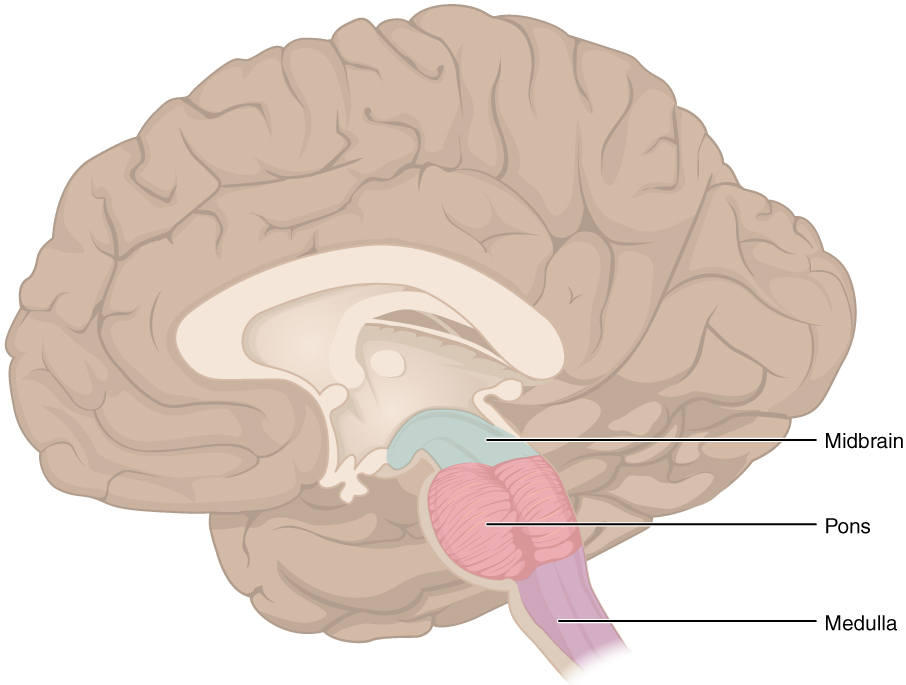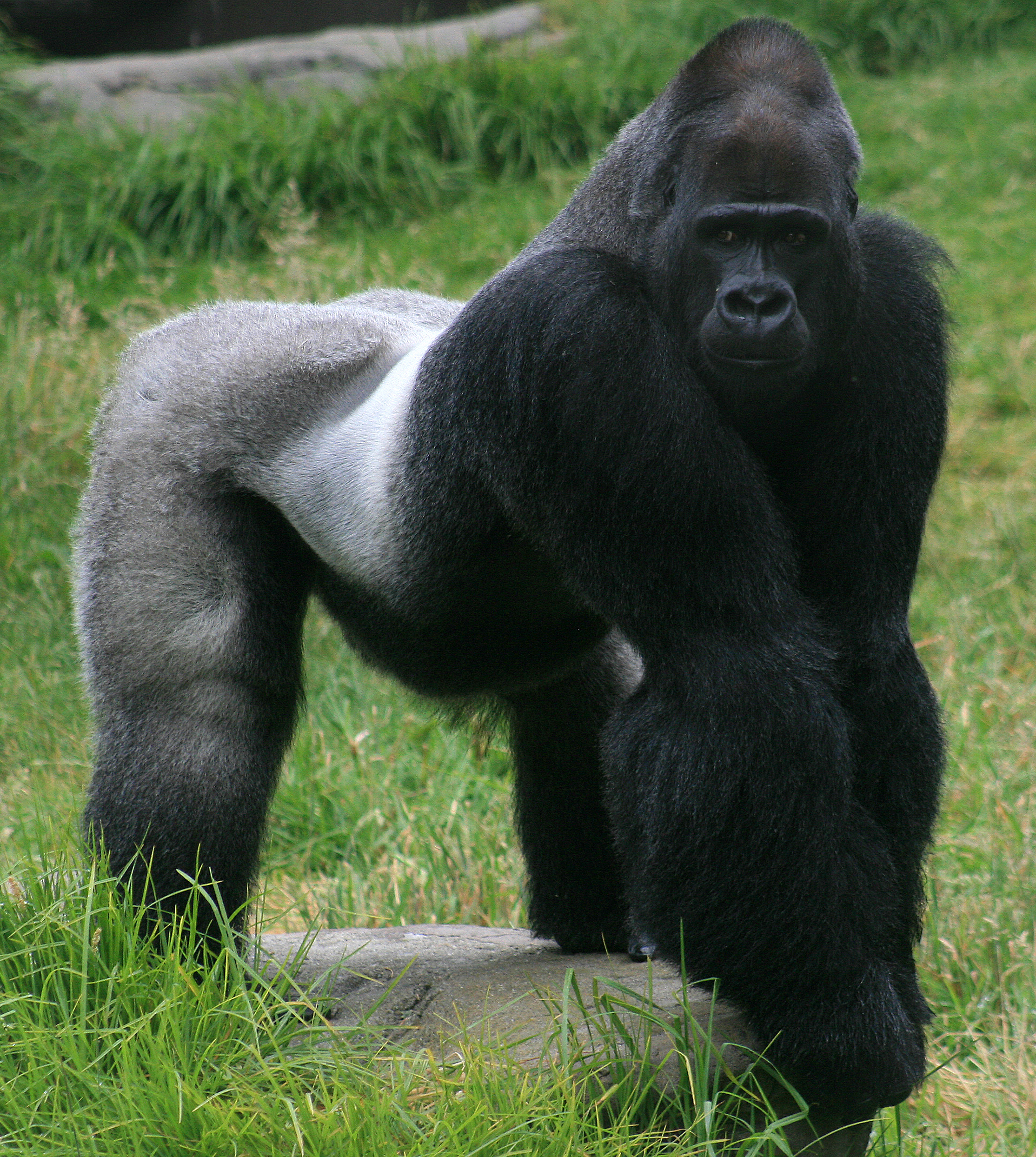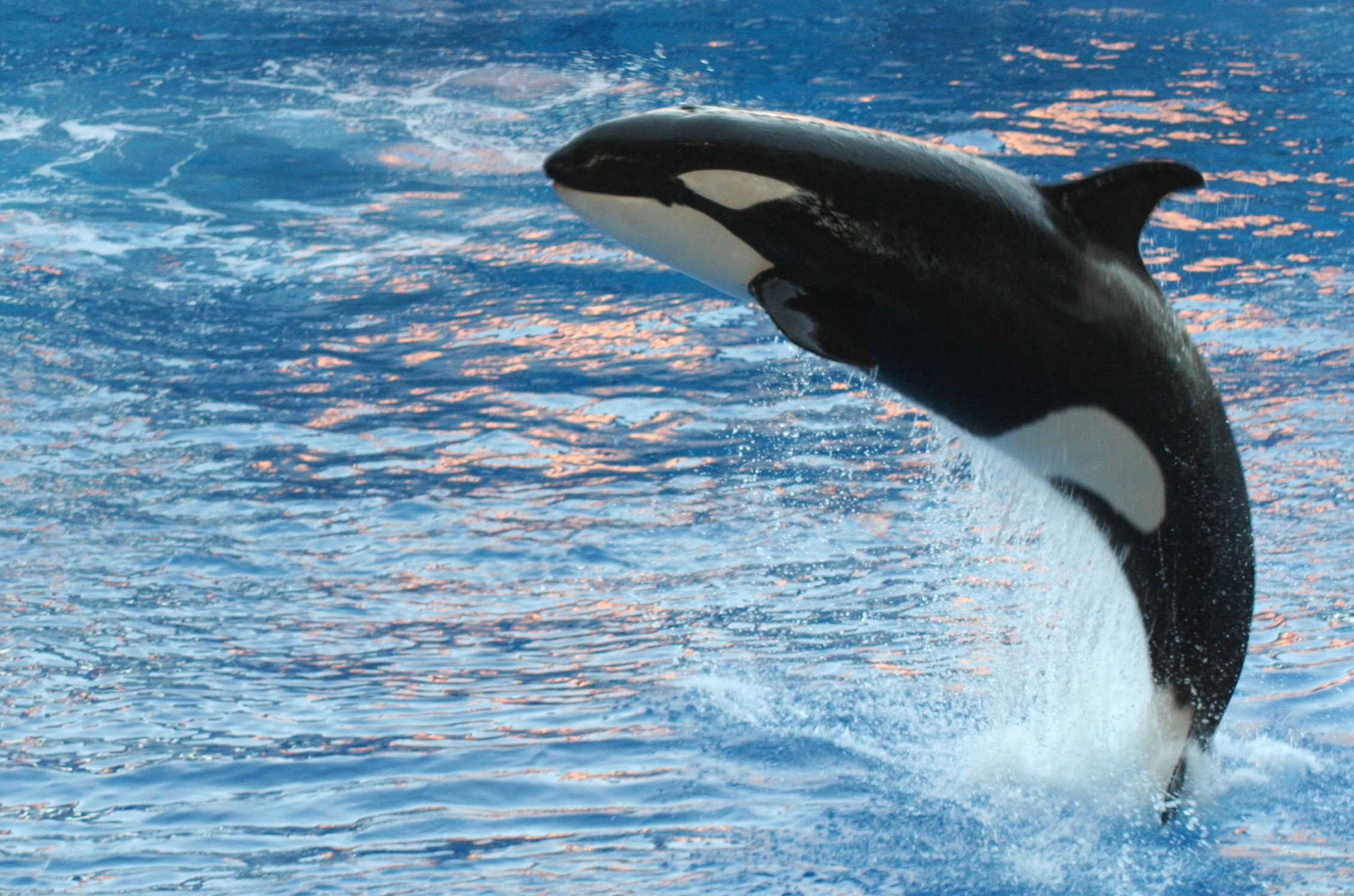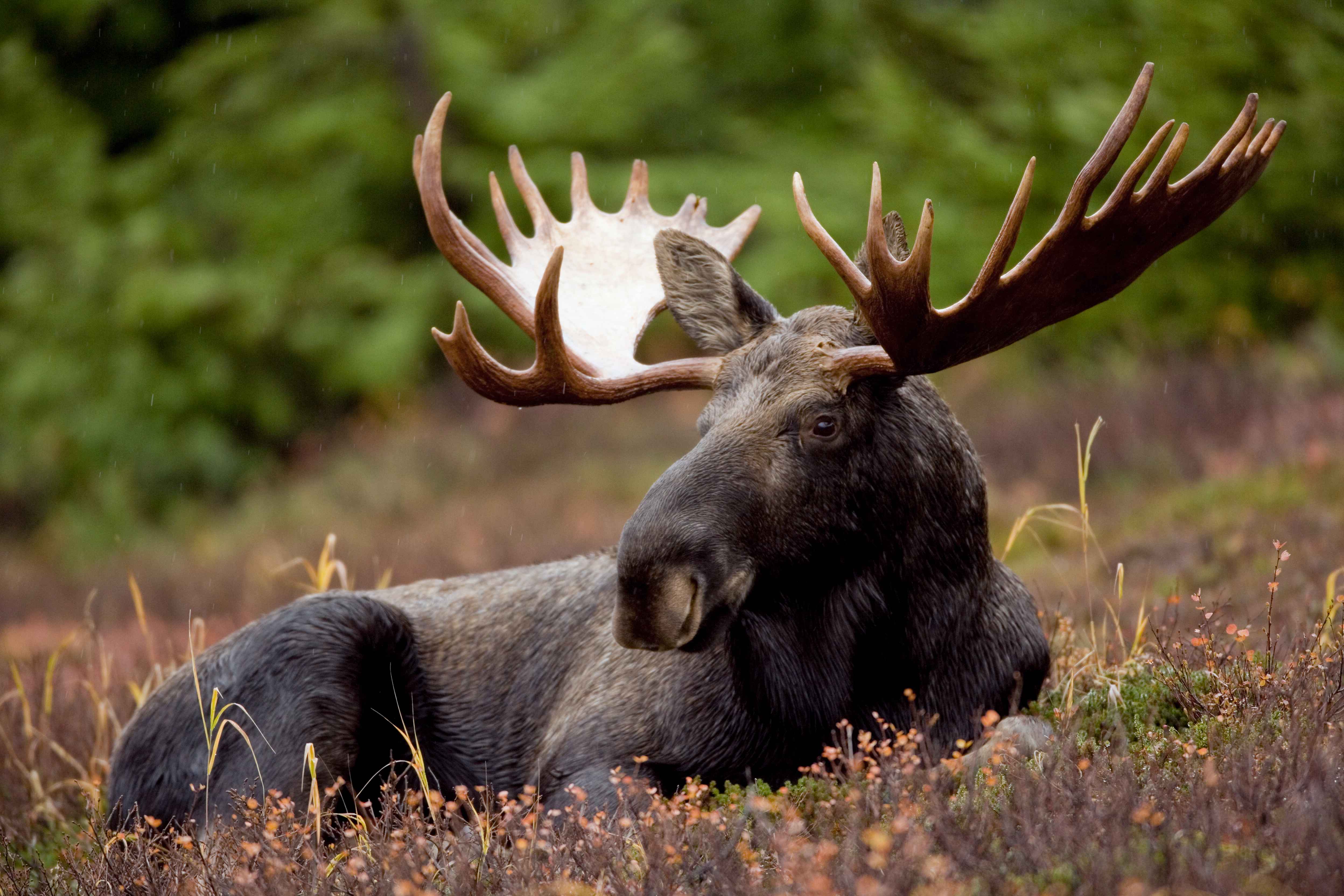Exploring the Minds of the World’s Smart Animals: A Journey into Intelligence

In the vast and varied animal kingdom, intelligence takes on many forms. Unlike humans, animals express their cognitive abilities in ways that are uniquely suited to their environments. Over time, scientists have attempted to measure animal intelligence through various methods, each offering a glimpse into the minds of nonhuman species.

One approach involves examining swarm intelligence, as seen in ants and bees. These creatures operate as a collective, showcasing an ability to solve problems and make decisions as a group rather than as individuals. This hive mentality illustrates a different kind of intelligence, one that thrives on cooperation and unity.

Another method used by scientists is the encephalization quotient, which measures brain size relative to body size. This has been applied to animals like dolphins and elephants, whose large brains are often cited as indicators of their cognitive prowess. Dolphins, for example, have a brain-to-body ratio similar to that of early humans and are known for their complex social structures and tool use.

Emotional intelligence is yet another aspect considered by researchers. This is particularly evident in animals like elephants and dogs, which display empathy, social bonds, and even grief. Elephants, with their ability to recognize themselves in mirrors and coordinate group efforts, demonstrate a sophisticated level of self-awareness and social intelligence.

Dogs, long known as man’s best friend, exhibit emotional intelligence through their ability to read human emotions and respond accordingly. Different breeds possess varying levels of intelligence, and Border Collies are renowned for their problem-solving skills and obedience.

The use of MRIs on dogs has offered further insight into animal intelligence. By observing brain activity, scientists can assess how dogs process information and learn commands. This has revealed that dogs are capable of understanding human gestures and retaining knowledge over time.

While these methods provide a framework for evaluating intelligence, they also highlight the challenges in defining and comparing cognitive abilities across species. As Brian Hare, founder of Duke University’s Canine Cognition Center, aptly stated, “Asking which species is smarter is like asking if a hammer is a better tool than a screwdriver.” Each species is equipped with the tools necessary to navigate their specific environments, making direct comparisons complex.

The concept of intelligence is further complicated by the different skills animals have evolved. Ravens, for instance, display exceptional problem-solving abilities that rival those of human toddlers. They can plan ahead, use tools, and even exhibit patience by waiting hours for a chance to retrieve a treat.

Pigs, often underestimated, demonstrate their intelligence by playing video games. At Purdue University’s Center for Animal Welfare Research, pigs manipulated joysticks to earn rewards, showcasing their understanding of cause and effect.
Animal intelligence is as diverse as the species themselves. From emotional intelligence in elephants to the hive mentality of ants, each animal showcases its intellectual abilities in unique and fascinating ways. As we continue to explore and understand these cognitive skills, our appreciation for the animal kingdom’s intelligence only grows deeper.

1. **Sperm Whales**: Often overshadowed by their size, sperm whales possess the largest brains of any creature on Earth, weighing a staggering 17 pounds. Their intelligence is showcased in their complex social structures and communication methods, using a series of clicks known as “codas” that vary between different groups, much like dialects in human languages. These leviathans are not just passive learners but active problem-solvers, sharing knowledge within their pods especially during the 19th century when they learned to evade whalers.

2. **Gorillas**: Gorillas have captivated researchers with their impressive cognitive abilities. They are capable of using tools, displaying emotions akin to humans, and have a remarkable capacity for learning sign language, as demonstrated by the famous gorilla Koko. This shows their ability to understand more than 1,000 hand signs, which allows them to communicate complex thoughts. Such dexterity in communication points to a level of intelligence that challenges the typical expectations of nonhuman animals.

3. **Koalas**: Despite their leisurely demeanor, koalas have demonstrated intriguing intelligence. Their ability to apply past experiences to predict and navigate future challenges, such as hitching rides across bodies of water instead of swimming, speaks to their adaptive smartness. This behavior highlights a pragmatic approach to problem-solving that ensures their survival in an environment that’s constantly changing.

4. **Orcas**: Known for their striking black and white appearance, orcas are also recognized for their sophisticated intelligence. These marine mammals exhibit different dialects across pods, indicating cultural learning and communication abilities. Their use of echolocation and ability to create complex social bonds within their groups further illustrate their cognitive depth and adaptability.

5. **Wolves**: The intelligence of wolves is inextricably linked to their survival strategy of living and hunting in packs. This social structure requires a high level of coordination and communication, which wolves excel at. Their ability to recognize and respond to the hierarchical dynamics within their packs allows them to efficiently share resources and protect each other, exemplifying strategic thinking and cooperation.

6. **Raccoons**: These nocturnal creatures are often underestimated in the realm of intelligence. Known for their problem-solving skills, raccoons can deftly manipulate objects and are capable of complex puzzle-solving. Some raccoons have been shown to possess variations in cognitive ability, akin to having different IQs among individuals, which points to a diverse and adaptable intelligence.

7. **Cats**: Cats, often perceived as aloof, are surprisingly intelligent. With a keen sense of perception, they are adept at understanding human emotions and forming social bonds. Their intelligence is often showcased in their ability to navigate spaces, solve problems, and even manipulate their environment to suit their comfort, revealing a cunning and resourceful nature.

8. **Crows**: These black-feathered birds are renowned for their problem-solving capabilities and tool use. Crows demonstrate a form of higher thinking by being aware of their knowledge and using it to make new discoveries. Their ability to use tools, such as bending wires to retrieve food, highlights their ingenuity and adaptability in diverse environments.

As we explore the depths of animal intelligence, we’re continually reminded of the vast diversity and capability within the animal kingdom. The more we learn, the clearer it becomes that intelligence is not solely a human trait but a multifaceted phenomenon manifesting uniquely in different species. This realization invites us to reconsider our interactions with these intelligent beings, recognizing their potential and respecting their place in the world.
Related posts:
Top 30 Smartest Animals in the World
The 30 Most Intelligent Animals in the World Might Surprise You
32 of the world’s smartest animals
Discover more from Auto Travel World
Subscribe to get the latest posts sent to your email.













